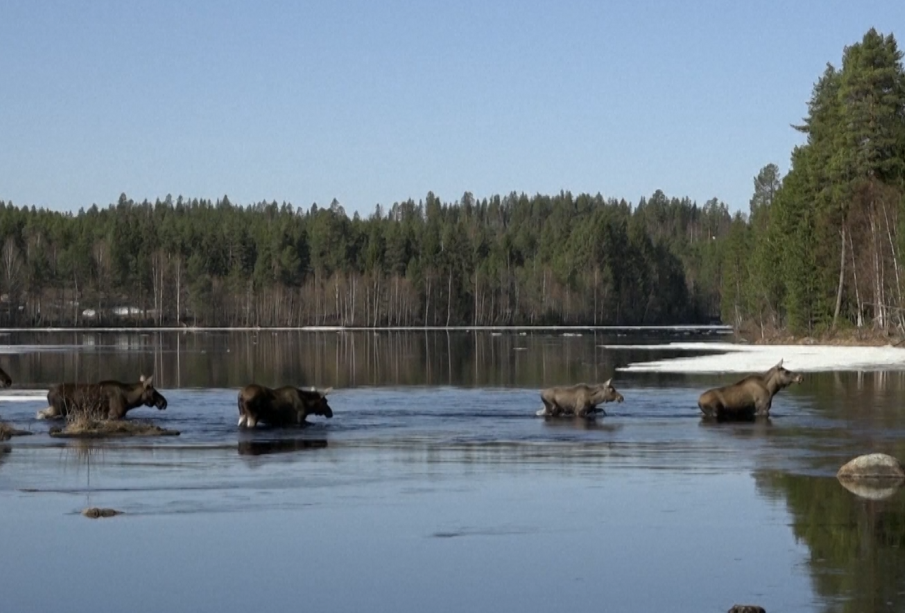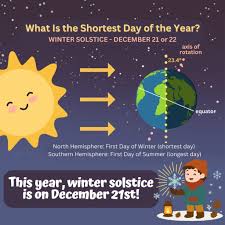The Sweden Great Moose Migration: A Natural Wonder

Introduction
The Sweden Great Moose Migration is an annual phenomenon that captivates wildlife enthusiasts and nature lovers from around the world. Each year, thousands of moose embark on an extraordinary journey through forests and wetlands, making their way to more suitable habitats for feeding and breeding. This incredible event is not only noteworthy for its ecological significance, but it also plays a vital role in promoting wildlife tourism in Sweden.
The Migration Journey
The migration typically takes place during the late spring months, when the moose move from lower elevations in search of greener pastures and abundant food sources. According to recent studies by the Swedish Environmental Protection Agency, moose travel an average of 20-30 kilometres each day during this migration period, guided by instinct and environmental cues such as temperature and daylight.
Moose are primarily found in regions such as Dalarna and Värmland, where the lush landscapes provide optimal conditions for growth. As the snow melts and the vegetation begins to flourish, these majestic animals make the trek towards their summer feeding grounds. Observations during this time reveal not just the impressive distance travelled, but also the strong familial bonds maintained as cows often lead their calves through this journey.
Significance for Biodiversity
The Great Moose Migration has significant implications for biodiversity in Sweden. By facilitating the movement of moose into different habitats, the migration helps to promote genetic diversity within the population, reducing the likelihood of inbreeding and increasing overall robustness against diseases. Moreover, the migration patterns of moose also influence the entire ecosystem, including plant life and the interactions among various species inhabiting the same areas.
Impact on Tourism
As more tourists flock to witness this stunning event, local economies benefit from the increased tourism. Wildlife tours, hiking paths, and photography opportunities centred around the moose migration have emerged, highlighting the importance of sustainable tourism practices. According to the Swedish Tourism Association, wildlife tourism is projected to grow by 15% over the next five years, largely driven by experiences such as the Great Moose Migration.
Conclusion
The Sweden Great Moose Migration is more than just a natural spectacle; it exemplifies the remarkable interconnectedness of species and their environments. As climate change and human developments continue to threaten wildlife habitats, understanding and supporting such migrations is increasingly critical. For observers and conservationists alike, this annual event not only enhances our appreciation of nature but also highlights the need for collective efforts to preserve these ecosystems for future generations. So, whether you are a local resident or a visiting tourist, witnessing this magnificent journey of the moose is an experience that underscores the beauty and fragility of our natural world.









